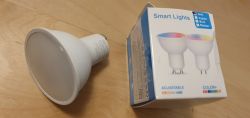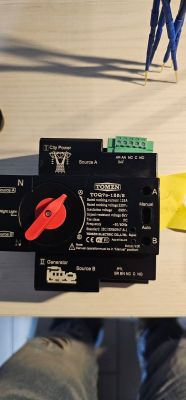I am thinking of making a wireless microphone based on ESP-NOW. The microphone is to be used to record the sound (speech) of a distant person.
Transmitter - MEMS microphone with digital transmission or something based on a regular microphone and MAX9814. The latter will allow the use of popular tie microphones. Here, however, is the first question, will the 12-bit A/D converter in the ESP process the sound in good quality? However, does high quality require 16bit? (I'm talking about speech). I think the ESP will collect 100 16bit samples (200 bytes and send them). Such a packet is short about 3ms when sampling 32k. Here is another question, is 32k enough? A short packet should not introduce visible latency. The receiver will collect the data and send it to the DAC (8 bit in ESP32 is definitely not enough for audio). In your opinion, does it make sense to send (ESP-NOW technology) audio in this way? Is it suitable for real-time operation?
Transmitter - MEMS microphone with digital transmission or something based on a regular microphone and MAX9814. The latter will allow the use of popular tie microphones. Here, however, is the first question, will the 12-bit A/D converter in the ESP process the sound in good quality? However, does high quality require 16bit? (I'm talking about speech). I think the ESP will collect 100 16bit samples (200 bytes and send them). Such a packet is short about 3ms when sampling 32k. Here is another question, is 32k enough? A short packet should not introduce visible latency. The receiver will collect the data and send it to the DAC (8 bit in ESP32 is definitely not enough for audio). In your opinion, does it make sense to send (ESP-NOW technology) audio in this way? Is it suitable for real-time operation?






